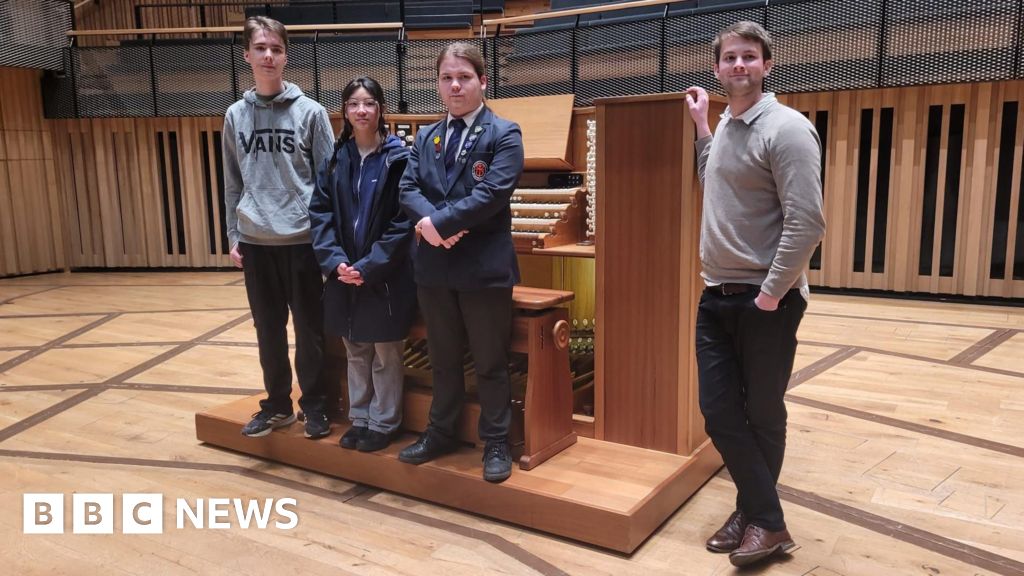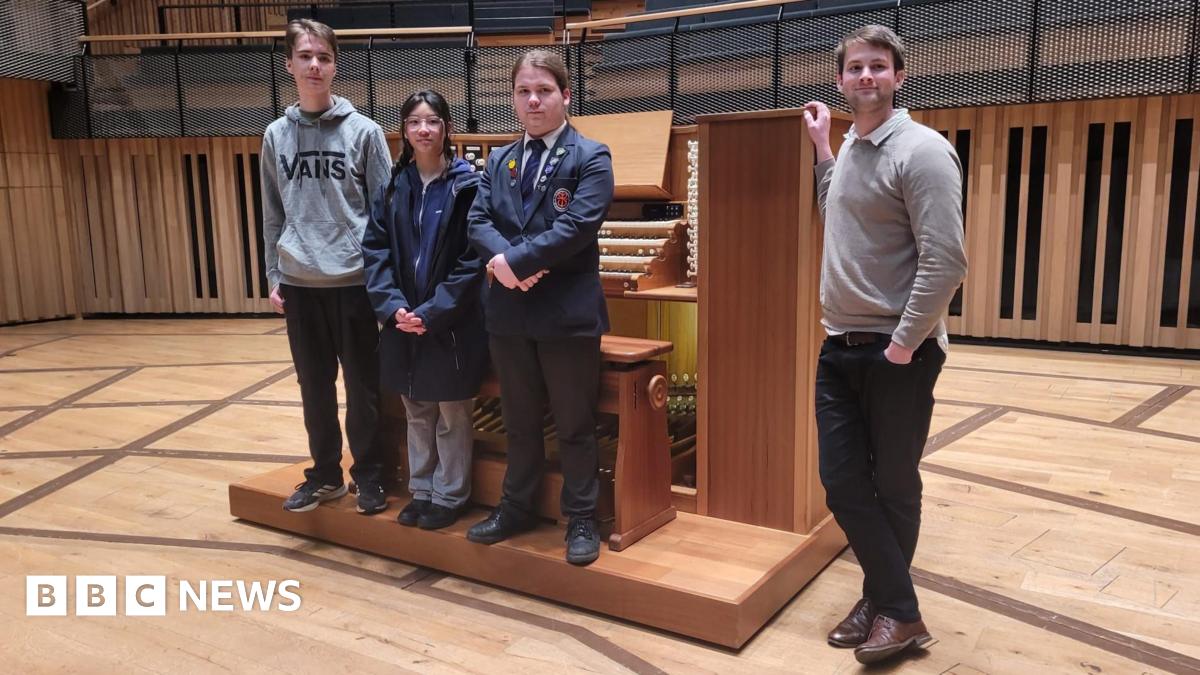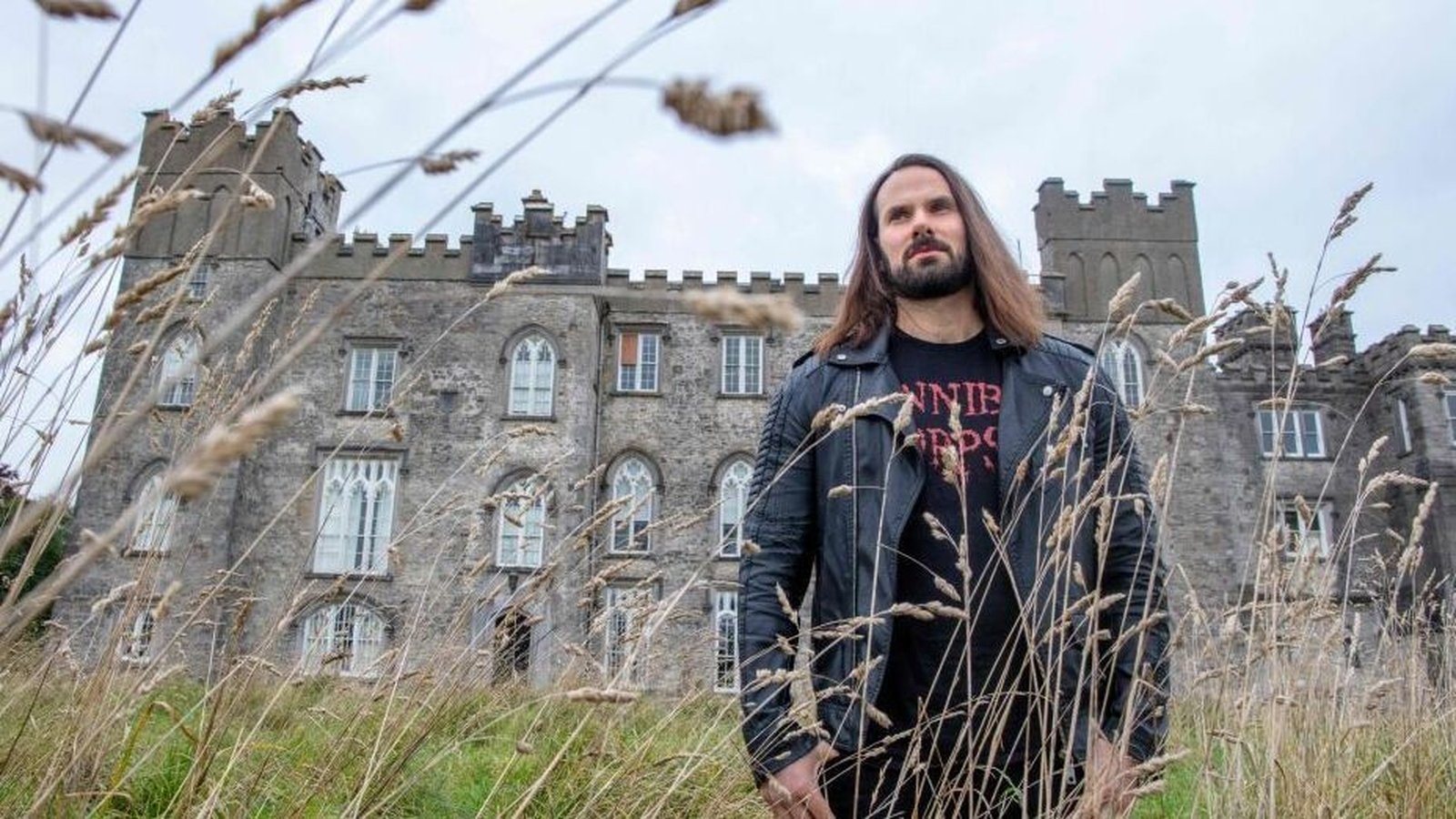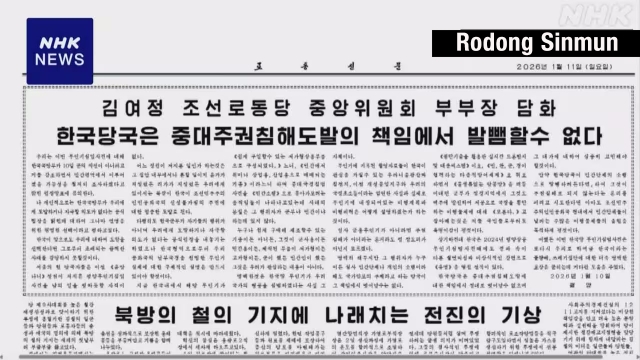The historic manor house founded by chocolate-maker George Cadbury will close on Monday for a deep clean and repairs.
Selly Manor Museum, in Bournville garden village, Birmingham, is made up of two buildings and houses a collection, with some…

The historic manor house founded by chocolate-maker George Cadbury will close on Monday for a deep clean and repairs.
Selly Manor Museum, in Bournville garden village, Birmingham, is made up of two buildings and houses a collection, with some…

 BBC
BBCA concert venue has launched a new scholarship programme offering tuition on “one of the UK’s most important concert hall” organs.
The 14-metre (45ft) Britton…

The Pakistan Cricket Board (PCB) has decided to move quickly on the future ownership of Multan Sultans, with sources saying the franchise will now be put up for sale immediately instead of waiting until next year.
The accelerated timeline is…

A concert venue has launched a new scholarship programme offering tuition on “one of the UK’s most important concert hall” organs.
The 14-metre (45ft) Britton Organ, built in 1956, has been fully restored to the Bristol Beacon’s main hall, ready…

Chloe Hughes,West Midlandsand
Kate Justice,in Herefordshire
 Universal Studios
Universal StudiosEven before its theatrical release, Hamnet, directed by Chloé Zhao and…

“Shakespeare was inspired by the landscape, the area in Warwickshire… when Maggie O’Farrell visited she was equally inspired,” he said.
He said the town already had relatively high footfall, and although too early to definitively say what effect…

We present an extract from Wild Thing, the new memoir by Randal Plunkett.
At the age of 28, Randal Plunkett inherited the title of Baron Dunsany, alongside Dunsany Castle and the 1,600-acre estate. A reluctant aristocrat,…

Dressing for winter is a balancing act: it’s rare you’ll ever be the perfect temperature. One moment you step outside to see your breath hanging in the air, the next you’re packed into a sweltering, crowded train.

KARACHI: Intense fog caused closure of the National Highway from Sakrand to Sukkur and the Indus Highway from Sehwan to Larkana owing to poor visibility.
The visibility range at various points on the Indus Highway restricted to 10 to 30 meters, a…

Kim Yo Jong, the sister of North Korean leader Kim Jong Un, said that South Korea cannot avoid responsibility for infringing on her country’s sovereignty. She issued a statement through state-run…